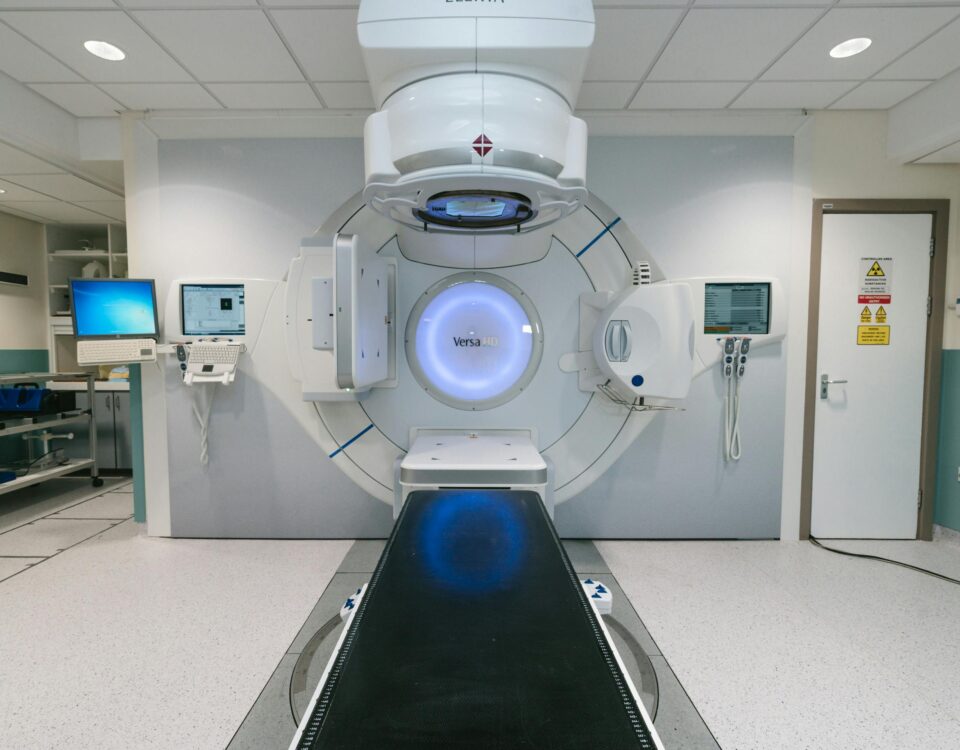
Types of Services Offered at Fertility Clinics
October 2, 2025
The Impact of GLP-1 on Blood Sugar Levels and Weight Loss
October 2, 2025Pain management aims to alleviate discomfort and enhance function for individuals living with persistent pain. A comprehensive approach examines various methods to determine what works best for an individual’s specific condition. Here are some alternatives to traditional medication that may assist with managing pain:
Joint Injections
Joint injections are used to address pain in specific joints, such as the knee, shoulder, or hip. Medication is delivered directly into the joint capsule to target the source of discomfort locally. The goal is to reduce inflammation and alleviate pain, promoting improved mobility. Joint injections often use corticosteroids, but other medications like hyaluronic acid or local anesthetics might also be used.
Relief from these injections varies, with some individuals experiencing relief for several weeks or even months. Treatments are typically performed in a medical office or outpatient clinic. Following the injection, patients may be advised to rest the affected joint briefly before resuming normal activities. These injections can be used as an adjunct to physical therapy, supporting recovery and aiding in regaining strength and flexibility.
Spinal Cord Stimulator
A spinal cord stimulator (SCS) is a device designed for chronic pain management, particularly in the back, arms, or legs. It sends low levels of electricity directly to the spinal cord to interrupt pain signals. This intervention is typically recommended after other conservative treatments have failed to provide adequate relief.
Before a permanent device is implanted, patients usually undergo a trial period to determine if the therapy is effective. Temporary leads are placed near the spinal cord and connected to an external control unit. If the trial yields meaningful improvement, a small pulse generator is implanted under the skin, typically in the abdomen or buttocks. Thin wires are positioned near the spinal cord to deliver the electrical pulses. The patient can control the stimulation through an external remote, allowing for adjustment of the intensity and patterns throughout the day.
Ketamine Infusion Therapy
Ketamine infusion therapy is a treatment option for types of chronic pain that have not responded to other methods. Administered intravenously under medical supervision, this therapy involves a low dose of ketamine delivered over a set period. It is designed to target different pain receptors in the brain than traditional pain medications. The treatment environment is controlled, with medical staff closely monitoring vital signs and patient comfort throughout the process. This approach is typically used for complex pain conditions, including neuropathic pain, fibromyalgia, or pain following nerve injury. The frequency and duration of infusions may vary; some people undergo a single session, while others take part in a series of treatments over several days or weeks.
Radiofrequency Ablation
Radiofrequency ablation (RFA) is a minimally invasive procedure that uses heat to disrupt nerve function. By applying an electrical current to a small area of nerve tissue, RFA stops the nerve from sending pain signals to the brain. This technique can be recommended for pain originating from the spine, such as the facet joints, or sometimes large peripheral nerves.
Before the treatment, a diagnostic nerve block is performed using a local anesthetic to confirm the correct nerve is targeted. If relief is achieved during the block, the medical team proceeds with RFA. The procedure typically takes less than an hour and is usually done under local anesthesia with mild sedation.
Patients might notice improvement during the weeks following the procedure, with effects sometimes lasting several months. Repeat treatments may be scheduled if symptoms return. People can use RFA in conjunction with other therapies, such as targeted exercise or supportive counseling, to maximize comfort and function.
Make a Pain Management Plan Today
Finding the right approach to managing your pain is a personal process, and a specialist can offer guidance as you explore your options. A tailored pain management plan is developed, focusing on your unique needs and health goals. You might benefit from trying one or more alternative therapies as part of a broader strategy. Contact a pain management specialist today to discuss treatment options.





